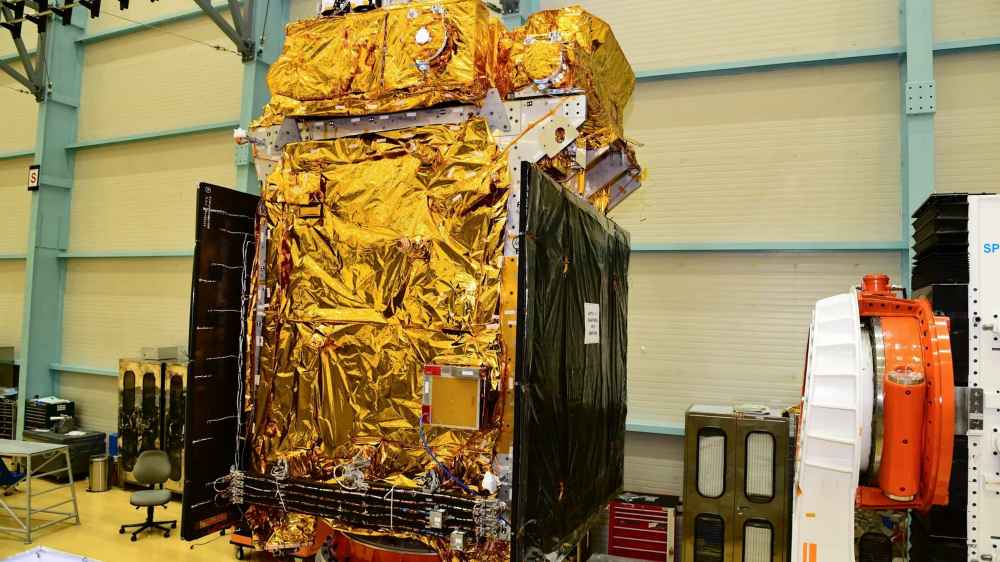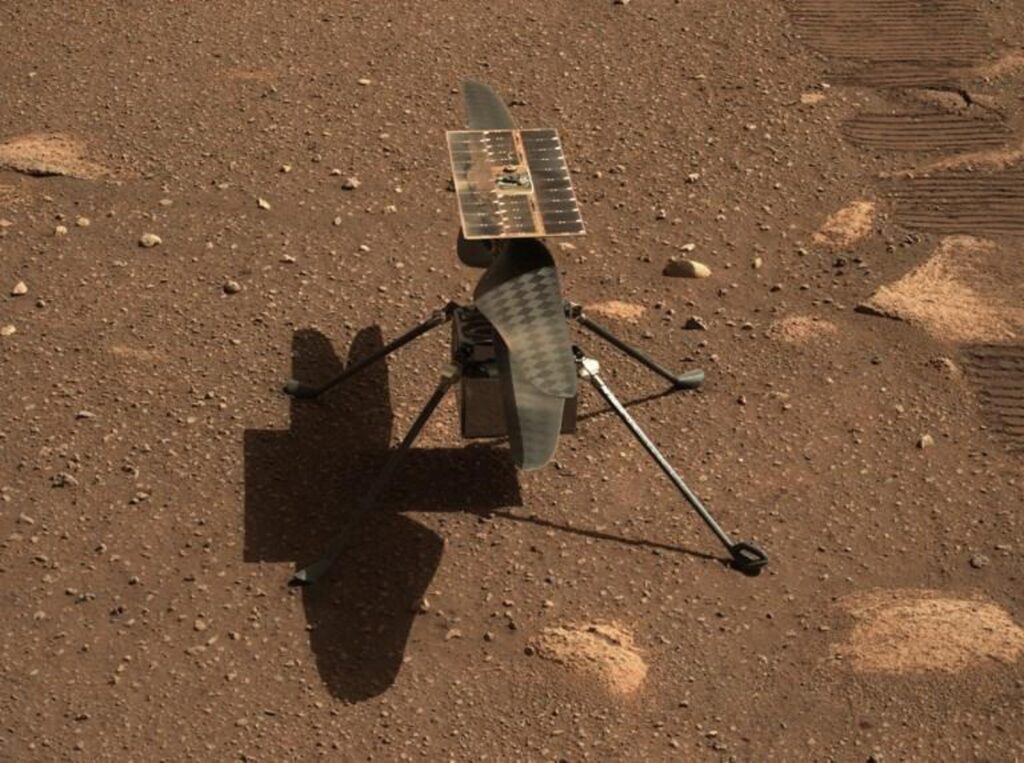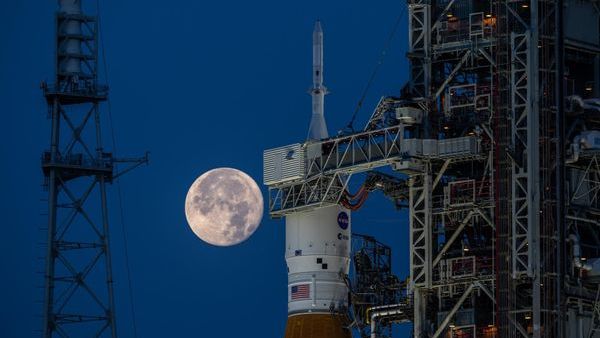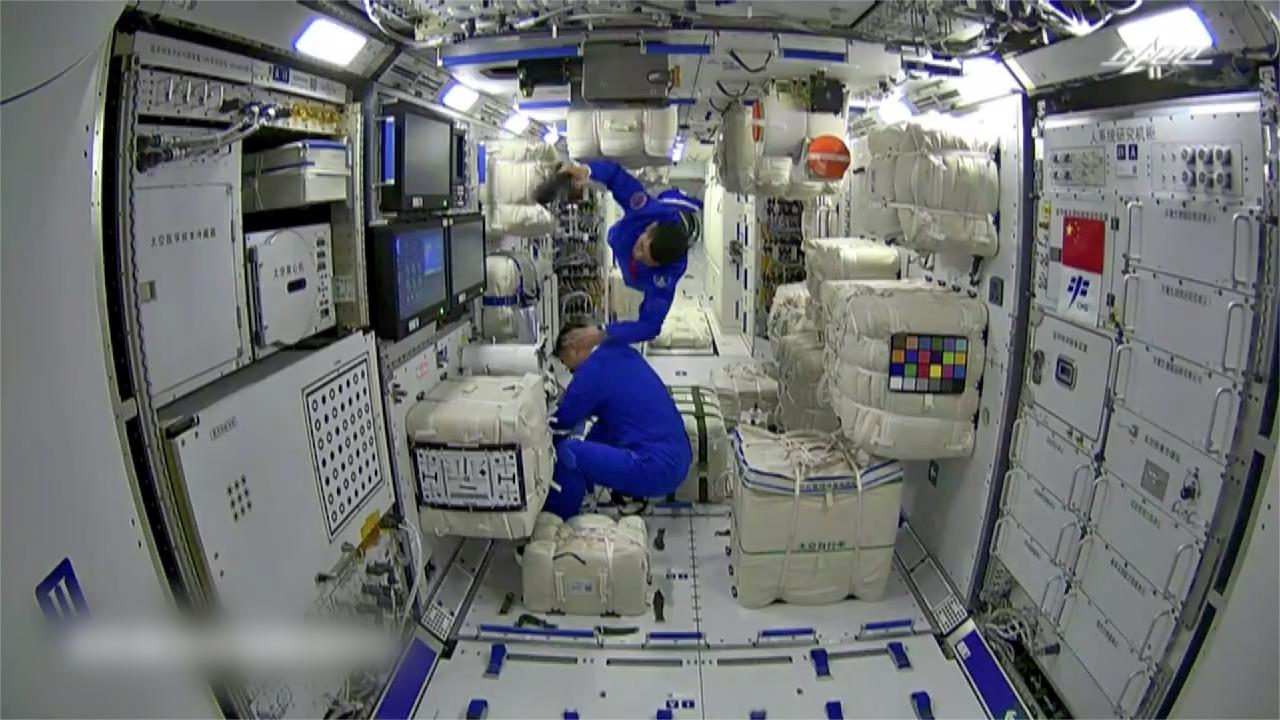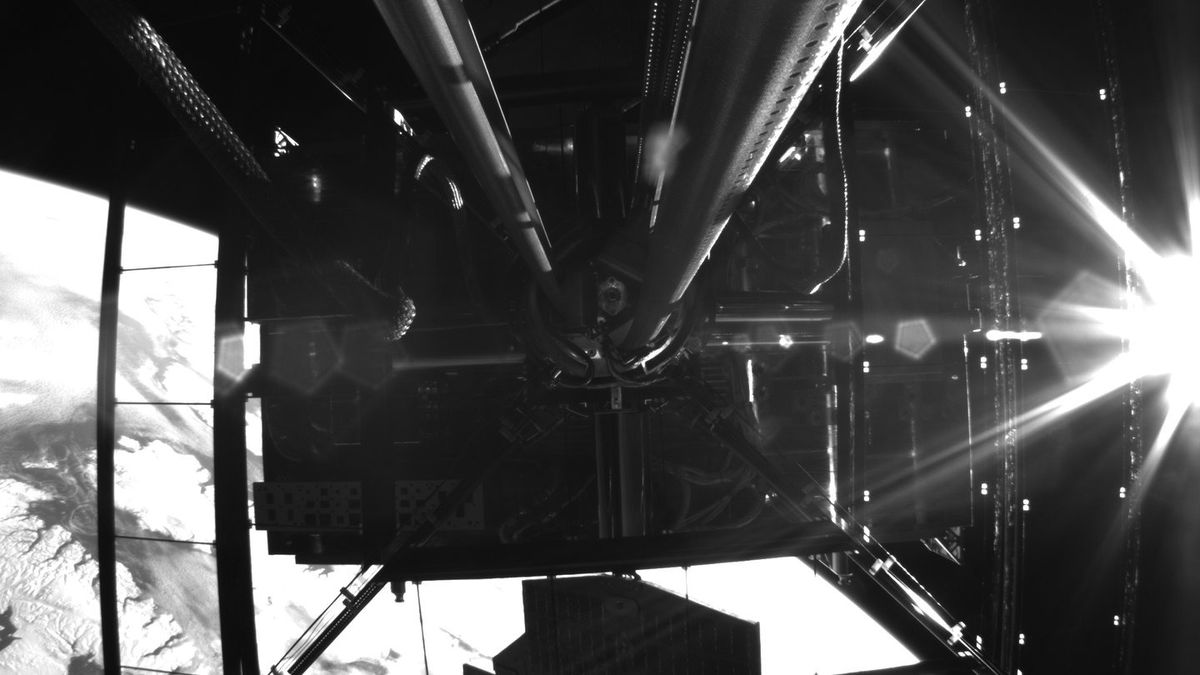In a historic achievement, the Indian Space Research Organisation’s inaugural solar probe has transmitted captivating imagery back to Earth.
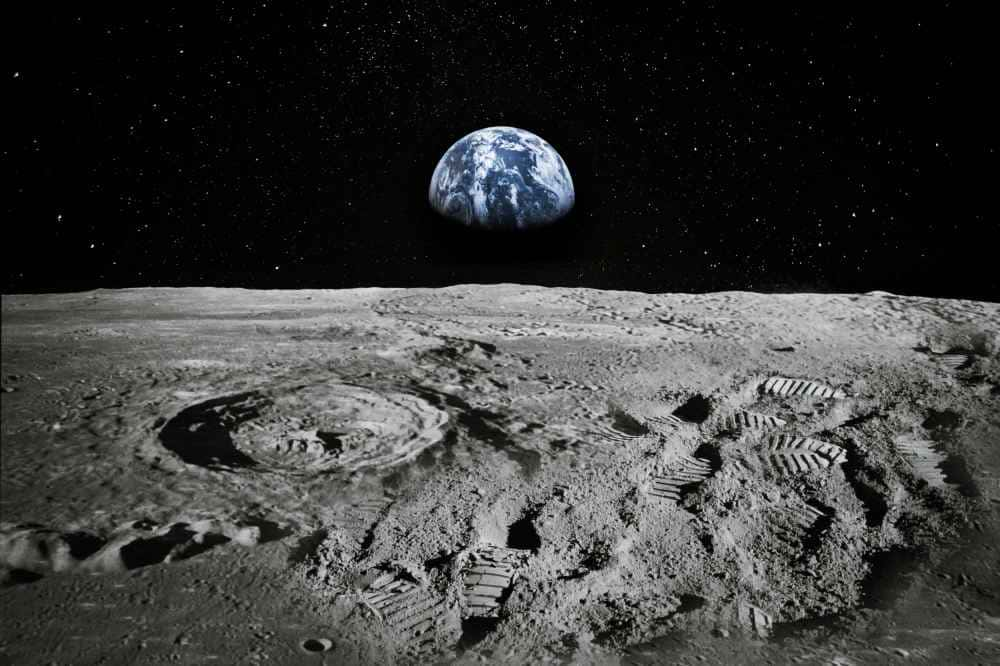
The Aditya-L1 was conducted under the auspices of the Indian Space Research Organisation (ISRO), and it has captured a stunning self-portrait in space, along with images of Earth and the moon
Indian Space Research Organisation (ISRO) deftly compiled these visuals into a video, which was promptly shared on X (formerly Twitter) on Thursday (Sept. 7).
Aditya-L1 conducted by Indian Space Research Organisation commenced its mission on September 2 and is presently undergoing preliminary assessments in low Earth orbit before embarking on its core objective to investigate the sun. The name “Aditya,” originating from Sanskrit and meaning “sun,” carries significant symbolism. In approximately four months, the probe is projected to reach Earth-sun Lagrange Point 1 (L1), a gravitationally stable position situated approximately 1 million miles (1.5 million kilometers) from our planet in the direction of the sun. Indian Space Research Organisation (ISRO) officials stressed the pivotal advantage of sitting a satellite in a halo orbit around the L1 point: uninterrupted solar observations without any occultations or eclipses. This enables real-time monitoring of solar activities and their influence on space weather.
Aditya-L1’s primary scientific goals encompass scrutinizing solar phenomena, including flares and coronal mass ejections, which can engender breathtaking auroras on Earth while posing risks to satellite infrastructure
Furthermore, the mission will delve into the “coronal heating problem,” a longstanding enigma surrounding the sun’s extraordinarily hot outer atmosphere, which registers temperatures around 2 million degrees Fahrenheit (1.1 million degrees Celsius), in stark contrast to other layers of the sun. This scientific puzzle has long intrigued researchers, and Aditya-L1 is poised to provide valuable insights into this phenomenon. This landmark mission heralds a new era in solar exploration under the commendable stewardship of the Indian Space Research Organisation.
